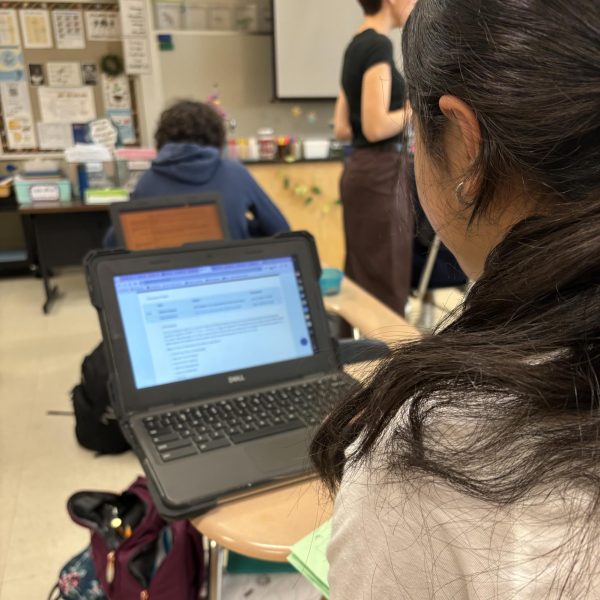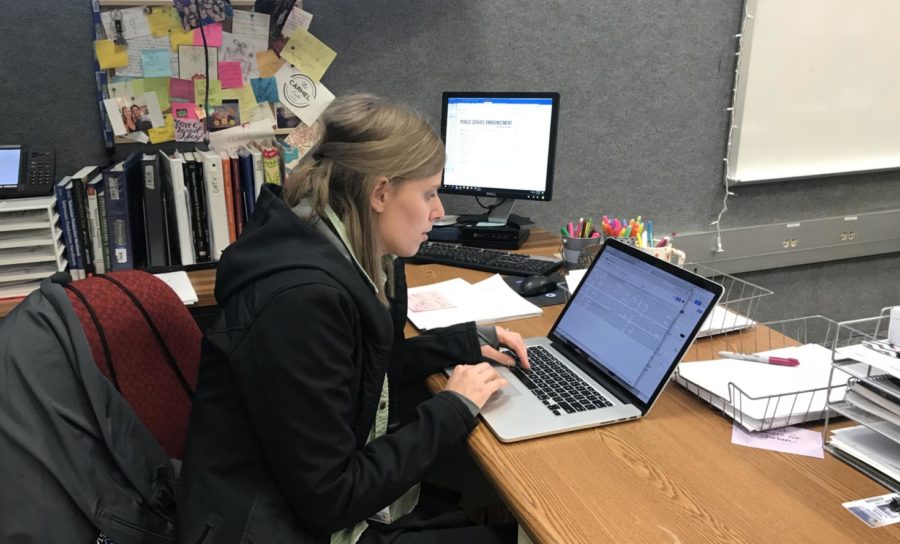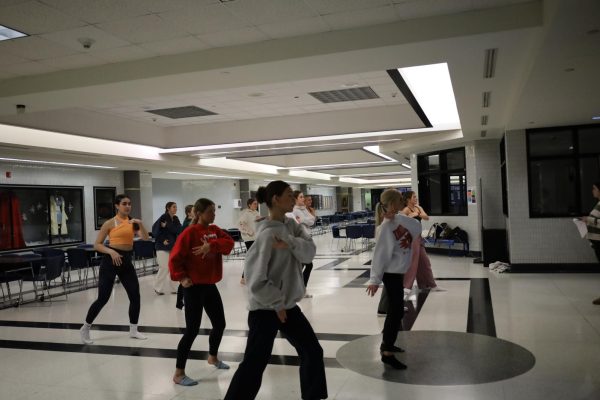CHTV discusses the differences between CHTV and other classes, plans for quarter four
CHTV continues to be on a constant production cycle, so the end of third quarter is not as significant as it is for other classes, according to sponsor Anna Kaiser.
Kaiser said she uses the same rubric to grade all of her classes but on different scales based on experience. According to Kaiser, each of the classes does different assignments, with some formative and others summative.
“It just depends which level they are and what each expectation for each class is, so some classes do remotes, some classes do event coverage, some classes have different types of shows, so it all just depends on what level you’re in,” Kaiser said.
According to James Stout, CHTV staff member and junior, CHTV is a unique class compared to his other classes. He said the learning environment is different, with the students taking on more of a teacher role in class.
“In CHTV the environment’s a lot different than in most classes because in most classes during class, you have a teacher always telling you what to do (and) always working closely, like taking notes. In CHTV, (in) the first two years we learn how to do a lot of the basics and fundamentals, like how to run the shows. Now, the students are good enough that we run the show, we do everything almost ourselves, and the teacher gives us feedback on what to work on. The other half of the class, instead of taking notes, we listen to instruction and work on how to improve ourselves,” Stout said.
Kaiser said the biggest difference between CHTV and other classes is the unique learning opportunities.
Kaiser said, “These students really put themselves out there, so that is a lot different from other classes because we don’t see [those students] on TV. I think another big part of it is kind of what their roles are in the school. We have students who are out at every single basketball game, covering that game and announcing that game, same with football and all the other sports. I think that they get a really good idea of what it’s like to be in the broadcast journalism world, whether that’s on-camera or behind the scenes learning the different equipment and types of roles there are out there.”
Your donation will support the student journalists of Carmel High School - IN. Your contribution will allow us to purchase equipment and cover our annual website hosting costs.



























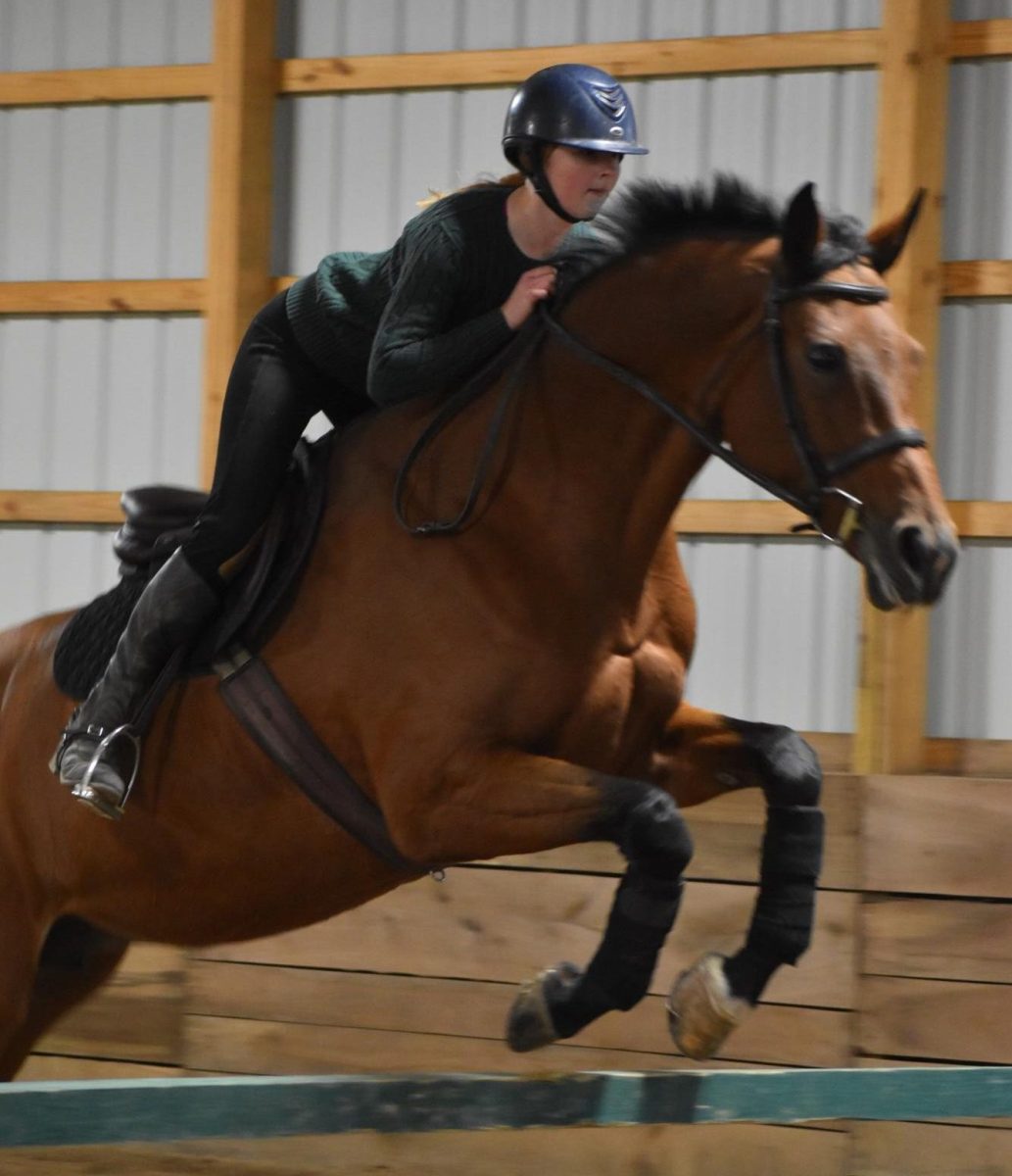






![British royalty are American celebrities [opinion]](https://hilite.org/wp-content/uploads/2024/03/Screenshot-2024-03-24-1.44.57-PM.png)


















![Chelsea Meng on her instagram-run bracelet shop [Biz Buzz]](https://hilite.org/wp-content/uploads/2024/04/IMG_2446-1200x838.jpg)
![Review: Quiet on Set: The Dark Side of Kids TV is the long awaited exposé of pedophilia within the children’s entertainment industry [MUSE]](https://hilite.org/wp-content/uploads/2024/04/unnamed.jpg)
![Review: “The Iron Claw” cannot get enough praise [MUSE]](https://hilite.org/wp-content/uploads/2024/04/unnamed.png)
![Review: “The Bear” sets an unbelievably high bar for future comedy shows [MUSE]](https://hilite.org/wp-content/uploads/2024/03/unnamed.png)
![Review: “Mysterious Lotus Casebook” is an amazing historical Chinese drama [MUSE]](https://hilite.org/wp-content/uploads/2024/03/0.webp)
![Review in Print: Maripaz Villar brings a delightfully unique style to the world of WEBTOON [MUSE]](https://hilite.org/wp-content/uploads/2023/12/maripazcover-1200x960.jpg)
![Review: “The Sword of Kaigen” is a masterpiece [MUSE]](https://hilite.org/wp-content/uploads/2023/11/Screenshot-2023-11-26-201051.png)
![Review: Gateron Oil Kings, great linear switches, okay price [MUSE]](https://hilite.org/wp-content/uploads/2023/11/Screenshot-2023-11-26-200553.png)
![Review: “A Haunting in Venice” is a significant improvement from other Agatha Christie adaptations [MUSE]](https://hilite.org/wp-content/uploads/2023/11/e7ee2938a6d422669771bce6d8088521.jpg)
![Review: A Thanksgiving story from elementary school, still just as interesting [MUSE]](https://hilite.org/wp-content/uploads/2023/11/Screenshot-2023-11-26-195514-987x1200.png)
![Review: When I Fly Towards You, cute, uplifting youth drama [MUSE]](https://hilite.org/wp-content/uploads/2023/09/When-I-Fly-Towards-You-Chinese-drama.png)
![Postcards from Muse: Hawaii Travel Diary [MUSE]](https://hilite.org/wp-content/uploads/2023/09/My-project-1-1200x1200.jpg)
![Review: Ladybug & Cat Noir: The Movie, departure from original show [MUSE]](https://hilite.org/wp-content/uploads/2023/09/Ladybug__Cat_Noir_-_The_Movie_poster.jpg)
![Review in Print: Hidden Love is the cute, uplifting drama everyone needs [MUSE]](https://hilite.org/wp-content/uploads/2023/09/hiddenlovecover-e1693597208225-1030x1200.png)
![Review in Print: Heartstopper is the heartwarming queer romance we all need [MUSE]](https://hilite.org/wp-content/uploads/2023/08/museheartstoppercover-1200x654.png)






















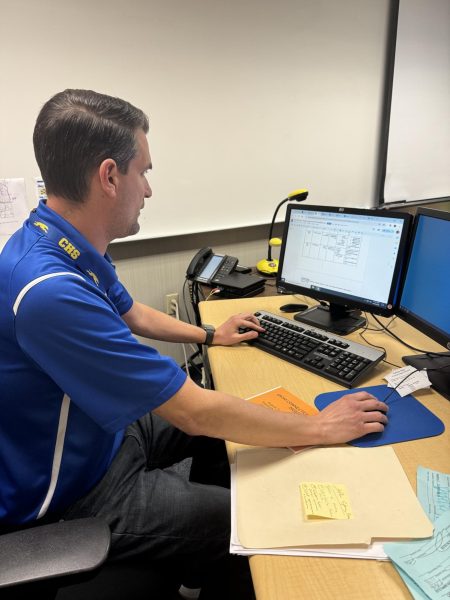
![Seniors Jillian Rang and Athul Ramkumar practice their presentation at the DECA state competition on March 5, 2024. Arya Patel, DECA paper head and junior, said, As they [students] begin to make their final preparations, its important to remember that making it to this point is an incredible achievement.](https://hilite.org/wp-content/uploads/2024/04/IMG_8285-600x400.jpg)
